During the hot summer days, concerns about heat stroke become a matter of concern for many people. Anyone can be at risk of heat stroke, but does high temperature increase this risk?
The truth is that heat can make some medical conditions worse, including stroke. Medical facilities often see more patients requiring emergency care for heatstroke and stroke in the summer than at other times of the year.
But what causes heat stroke? What are the signs that someone may be having a heat stroke? And if they do, what should you do?
Why hot weather can easily cause stroke?
Research has confirmed a significant association between stroke risk and environmental temperature. In particular, increased environmental temperature is one of the main factors that increase the likelihood of stroke.
Specifically, this risk can increase by about 10% for some individuals for every 1 degree Celsius increase in temperature.
When the temperature is high, the body has to adjust to increase body temperature, leading to increased sweating and dehydration. In the case of inadequate hydration, dehydration will cause blood vessels to become more constricted and reduce blood circulation, leading to increased blood pressure and the risk of blood clots forming in the arteries, thereby increasing the risk of stroke.
Excessive body temperature due to heat can also affect the regulatory function of the central nervous system, causing disorders in the circulatory and respiratory systems, leading to lack of oxygen to the brain.
Furthermore, prolonged hot weather can weaken the cardiovascular system, reducing the efficiency of pumping blood to organs in the body, especially the brain.
It is also important to note that sudden changes from hot environments to cold spaces can cause blood vessel constriction, increase blood pressure and increase the risk of stroke.
Signs of heat stroke
Heat stroke is a dangerous condition that can trigger multiple risk factors. If not detected and treated promptly, it can not only be life-threatening but can also leave serious consequences such as difficulty communicating, weakness or lifelong disability.
Therefore, early recognition of the signs of heat stroke, as well as other causes, is extremely important to protect the patient's life.
So how do you know if someone may be having heat stroke? Symptoms include headache, dizziness, lightheadedness, feeling hot without sweating, weakness, numbness, paralysis on one side or the whole body, facial contortion, seizures, rapid heartbeat, shortness of breath, mental confusion, and disorientation. In addition, fainting and subsequent loss of pulse or coma can occur.
Delays in medical assistance can put the patient at a very high risk of death.
Distinguishing between heat stroke and heat exhaustion
Heat exhaustion and heat stroke often have similar symptoms, making it difficult to immediately distinguish between them. Therefore, the best way when noticing any unusual symptoms related to heat is to quickly go to the hospital for timely examination.
However, while waiting for professional intervention, you can temporarily differentiate between the two conditions by paying attention to sweat.
Heat stroke damages the body's thermoregulatory system, causing the skin to become dry and hot due to impaired sweating.
On the contrary, heat exhaustion causes the body to secrete large amounts of sweat, making the skin moist.
How to treat heat stroke
When someone experiences heat stroke, prompt emergency treatment is crucial to minimize the risk of serious complications, such as coma, multiple organ failure, brain damage, and in severe cases, death.
Here are the steps to take if someone has heat stroke:
- Call for emergency help immediately: This is the first and very important step to ensure timely support from medical professionals.
- Take the patient to a cool place: Immediately move the patient out of the hot area and bring them to a cool, airy place to quickly reduce the temperature.
- Cool down the body: You can wet your skin with cold water or apply a wet towel to your body. If you have a fan, use it to help cool down faster.
- Take off some clothes: Gently remove some clothes to help the body release heat more easily.
-Ensure clear airway: Place the patient with head elevated and ensure the airway is not obstructed.
- Monitor for signs of serious health problems: While waiting for medical help, closely monitor the patient's vital signs and be ready to perform cardiopulmonary resuscitation (CPR) if necessary.
- Quickly take the patient to the nearest medical facility for timely emergency care.
- Note, during first aid, do not arbitrarily give the patient any food or medicine. Because it can cause the patient to choke on the lungs, threatening their life.
- In case a person has heat shock or heat stroke and has stopped breathing (no pulse), it is necessary to quickly perform artificial respiration by mouth-to-mouth resuscitation and chest compressions.
Instructions for proper mouth-to-mouth resuscitation
- Place the patient lying with the neck arched and tilted to one side.
- Use a cloth or gauze to clean up saliva and phlegm and place a handkerchief around the patient's mouth.
- Use your index finger and thumb to cover the patient's nose and blow air directly into the patient's mouth.
Instructions for proper chest compressions
- Place both hands on top of each other and place them on the patient's chest (just outside the heart), with the hands at a 90-degree angle to the chest.
- Use force to compress the chest 100 times/minute.
- In case there is only 1 first aid person, alternate 2-3 breaths with 10-15 chest compressions.
- If there are 2 first aiders, each person takes on a role of CPR or chest compressions and persistently performs first aid until the heart beats again and the patient regains breathing.
How to prevent heat stroke
To minimize the risk of stroke during hot and humid weather, everyone needs to take the necessary preventive measures.
Here are some effective ways to prevent the harmful effects of heat, helping to reduce the risk of facing serious complications:
Regular health check-ups and stroke screening
Regular health check-ups and stroke screening are necessary to detect risk factors leading to stroke early, thereby providing effective preventive measures.
The goal of stroke screening is to use advanced technology and techniques along with modern machinery to detect early potential factors such as stenosis, blockage, aneurysm, rupture or malformation of cerebral blood vessels, as well as other related underlying diseases.
Scientific nutrition
Stay hydrated: Your body needs about 2 liters of water a day to prevent dehydration, which reduces the risk of stroke due to blood clots. Remember to spread your water intake throughout the day and avoid consuming too much water in a short period of time.
Maintain a varied, nutritious diet: Increase consumption of fruits, vegetables and foods containing good fats. Foods such as avocados, nuts, fatty fish and olives have the ability to reduce cholesterol, limit the risk of atherosclerosis, improve cardiovascular health and reduce the risk of high blood pressure. Thanks to that, they contribute to reducing the risk of stroke in hot weather.
Limit direct exposure to harsh sunlight
Minimizing your exposure to direct sunlight between 10 a.m. and 4 p.m. can reduce your risk of heatstroke and heat exhaustion.
When it is necessary to be outdoors during this time, it is necessary to wear sun-protective clothing and a wide-brimmed hat. In particular, people with poor health, who have experienced a stroke or have underlying conditions related to stroke such as heart disease, diabetes, and high blood pressure should prioritize working and living in a shady environment to avoid harmful sunlight.
In addition, it is necessary to avoid moving from a hot environment to a cold space suddenly, as this can lead to blood vessel constriction and increased blood pressure, thereby increasing the risk of stroke. Using air conditioning at a safe temperature of 26 - 28 degrees Celsius is also a reasonable protective measure.
Physical training
Regular exercise is necessary to increase resistance, thereby helping to protect the body against the risk of diseases, including heat stroke.
In hot weather conditions, you should prioritize indoor exercises such as aerobics, treadmill running, yoga, jumping rope, etc. At the same time, limit participation in outdoor sports activities such as jogging, cycling, playing soccer or volleyball to minimize health risks.
TB (summary)
Source: https://baohaiduong.vn/vi-sao-troi-nang-nong-de-gay-dot-quy-411628.html


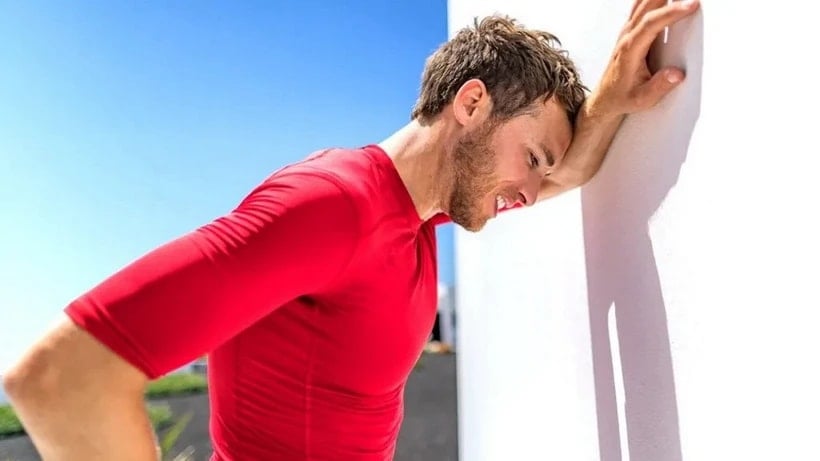
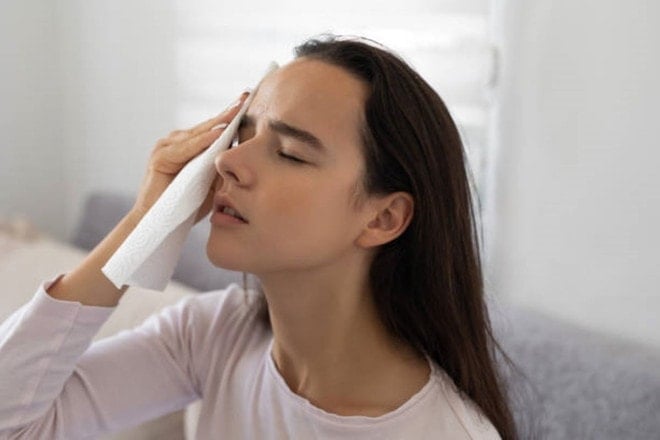
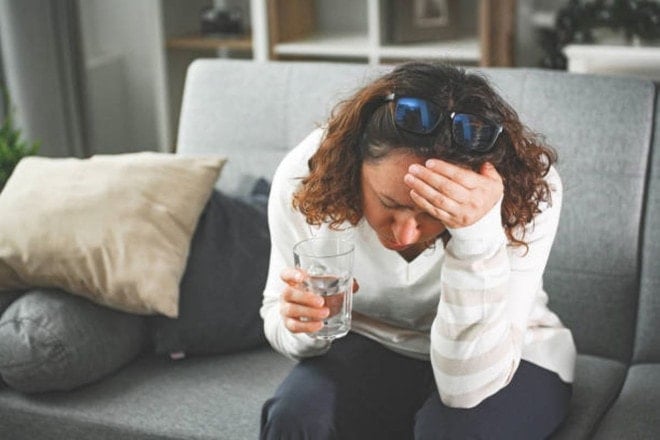
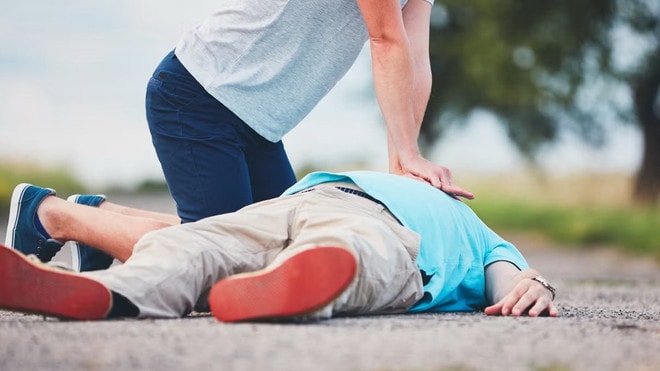





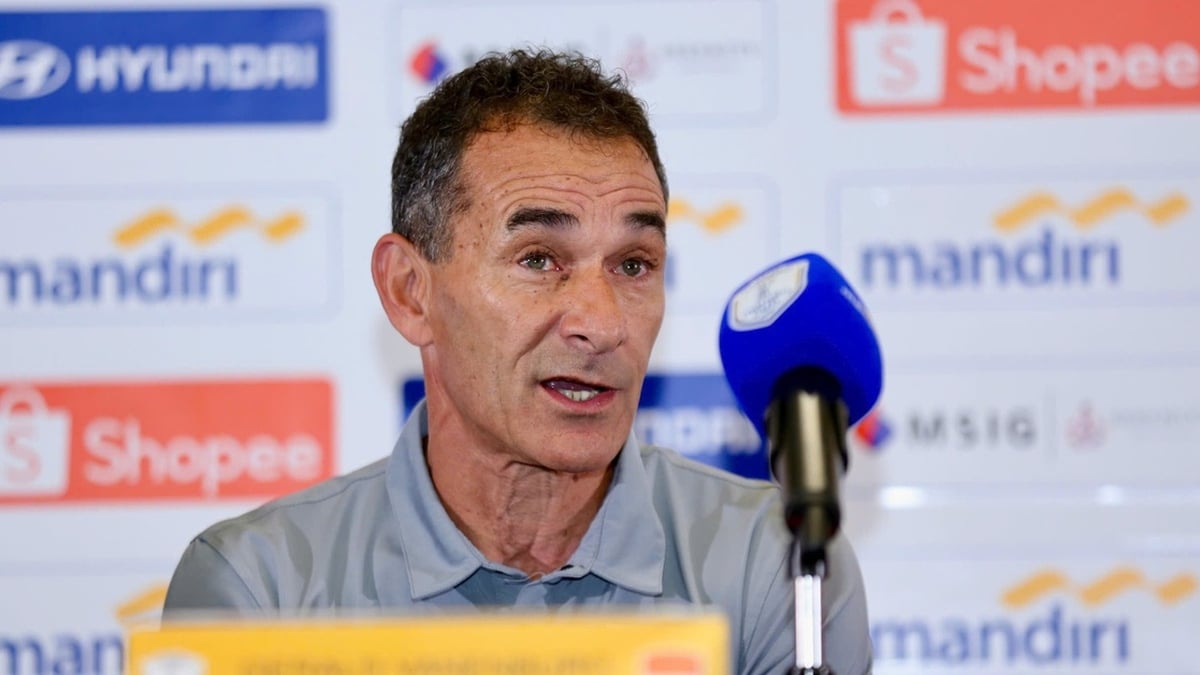
























![[Photo] National Assembly Chairman attends the seminar "Building and operating an international financial center and recommendations for Vietnam"](https://vphoto.vietnam.vn/thumb/1200x675/vietnam/resource/IMAGE/2025/7/28/76393436936e457db31ec84433289f72)


























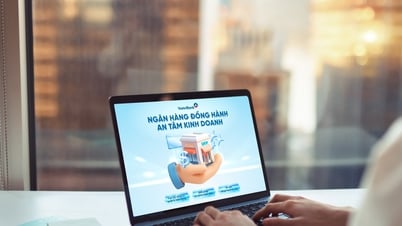






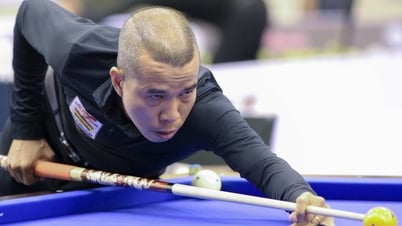







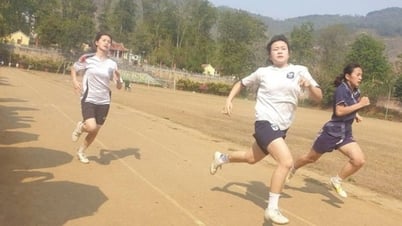


























Comment (0)